to accomplish what you want, you must getPaths from the polygon. Paths will be an array of LatLng points. you get the elements of the array and split the LatLng pairs with the methods .lat and .lng in the function below, i have a redundant array corresponding to a polyline that marks the perimeter around the polygon.
saving is another story. you can then opt for many methods. you may save your list of points as a csv formatted string and export that to a file (easiest solution, by far). i highly recommend GPS TXT formats, like the ones (there are 2) readable by GPS TRACKMAKER (great free version software). if you are competent to save them to a database, that is a great solution (i do both, for redundancy).
function areaPerimeterParse(areaPerimeterPath) {
var flag1stLoop = true;
var areaPerimeterPathArray = areaPerimeterPath.getPath();
var markerListParsedTXT = "Datum,WGS84,WGS84,0,0,0,0,0\r\n";
var counter01 = 0;
var jSpy = "";
for (var j = 0;j<areaPerimeterPathArray.length;j++) {
counter01++;
jSpy += j+" ";
if (flag1stLoop) {
markerListParsedTXT += 'TP,D,'+[ areaPerimeterPathArray.getAt(j).lat(), areaPerimeterPathArray.getAt(j).lng()].join(',')+',00/00/00,00:00:00,1'+'\r\n';
flag1stLoop = false;
} else {
markerListParsedTXT += 'TP,D,'+[ areaPerimeterPathArray.getAt(j).lat(), areaPerimeterPathArray.getAt(j).lng()].join(',')+',00/00/00,00:00:00,0'+'\r\n';
}
}
// last point repeats first point
markerListParsedTXT += 'TP,D,'+[ areaPerimeterPathArray.getAt(0).lat(), areaPerimeterPathArray.getAt(0).lng()].join(',')+',00/00/00,00:00:00,0'+'\r\n';
return markerListParsedTXT;
}
attention, the line that ends with ",1" (as opposed to ",0") starts a new polygon (this format allows you to save multiple polygons in the same file). i find TXT more human readable than the XML based formats GPX and KML.
